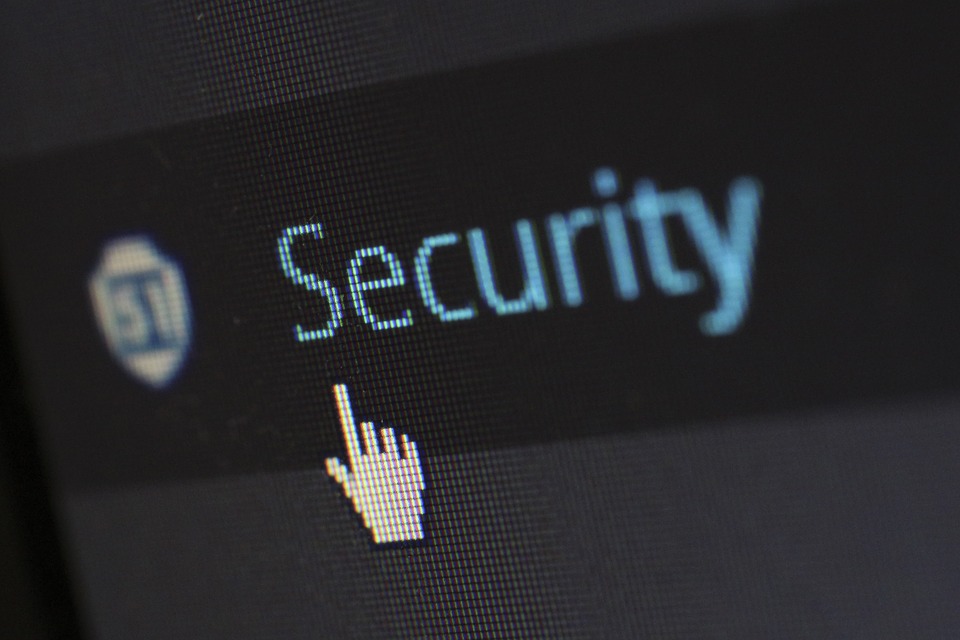Minimising Corporate Cyber Attacks
There’s no shortage of reports on the large scale of corporate cyber attacks and the billions they cost businesses yearly, which raises the question of what organisations can do to safeguard themselves and minimise their risk of a corporate cyber attack.
From the importance of employee training to how you can improve your cybersecurity through both digital and physical measures, we take a look at work that goes into protecting your organisation against the threat of cyber attacks.
The Importance of Employee Training
It’s estimated that 95% of corporate security breaches happen due to human error with cybercriminals targeting employees to gain access to sensitive information. Even if your organisation has a dedicated IT team, it’s important that everyone in the business has a basic understanding of cybersecurity protocols and how to spot potential dangers, such as scam emails or suspicious requests for access to confidential information.
Shockingly, only 20% of UK companies offer their staff cybersecurity training according to a 2018 survey carried out by the UK government and Portsmouth University. What this shows is that there is clearly plenty of room for improvement when it comes to cybersecurity training for employees, and it’s one security measure that has the potential to make a real difference to your organisation’s ability to minimise the risk of cyber attacks.
Better Cybersecurity
It seems like an obvious step but small businesses and large organisations are guilty of not investing enough resources into cybersecurity. With a cyber attack happening every 39 seconds on average, organisations cannot afford to cut corners when it comes to their cybersecurity measures.
Implementing two-factor authentication is one way of minimising corporate cyber attacks by adding an additional level of security to all user accounts, and taking control of cybersecurity at an organisational level, rather than simply relying on employees to know how to securely access their accounts. The most common form of two-factor authentication requires a user to enter their usual password but also requires them to enter a code – usually sent to their smartphone – in order to access their account. This minimises the chance of cyber attacks as it’s a far more complicated route of access for hackers to try and compromise.
Regular Assessments and Audits
Most corporate cyber attacks can take weeks to flag up, or go undetected altogether. Without regular monitoring and auditing of your organisation’s systems and network, how will you know if you’ve experienced a data breach or are vulnerable to cyber attacks?
For larger companies, it’s also prudent to periodically bring cybersecurity consultants to audit your current processes and security precautions. Even if you have an IT team in-house along with a cybersecurity expert of security officers, regular external audits will ensure that your organisation is taking all the right steps to minimise the risk of a cyber attack or data leak.
Physical Security
It’s easy to assume that minimising cyber attacks requires you to focus all your energy on your digital defences but it’s important to recognise that physical security also plays a role when it comes to cybersecurity. Limiting and monitoring access to sensitive information and critical areas like server rooms and data centres are just some of the ways in which organisations can physically protect themselves from internal cyber attacks.

